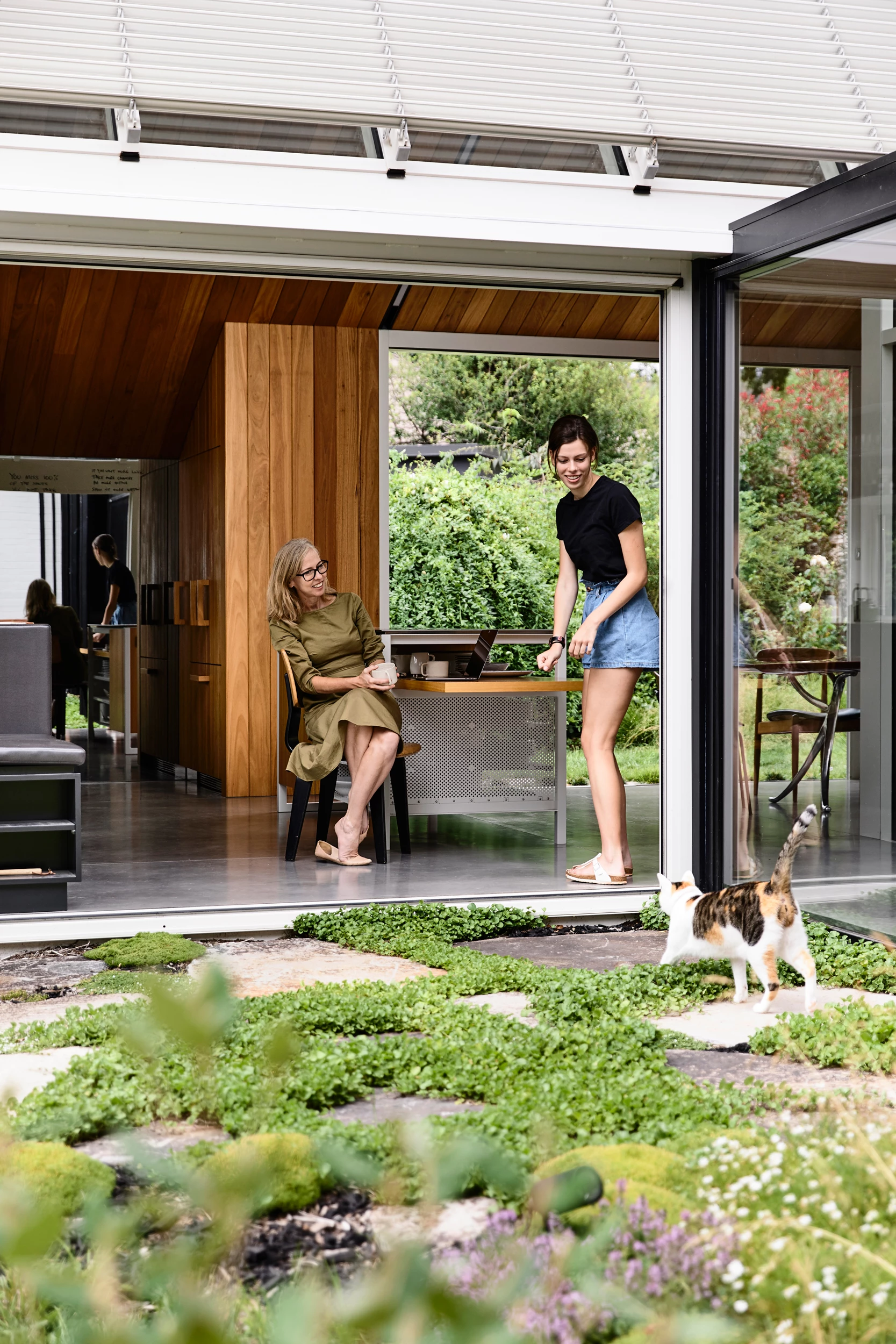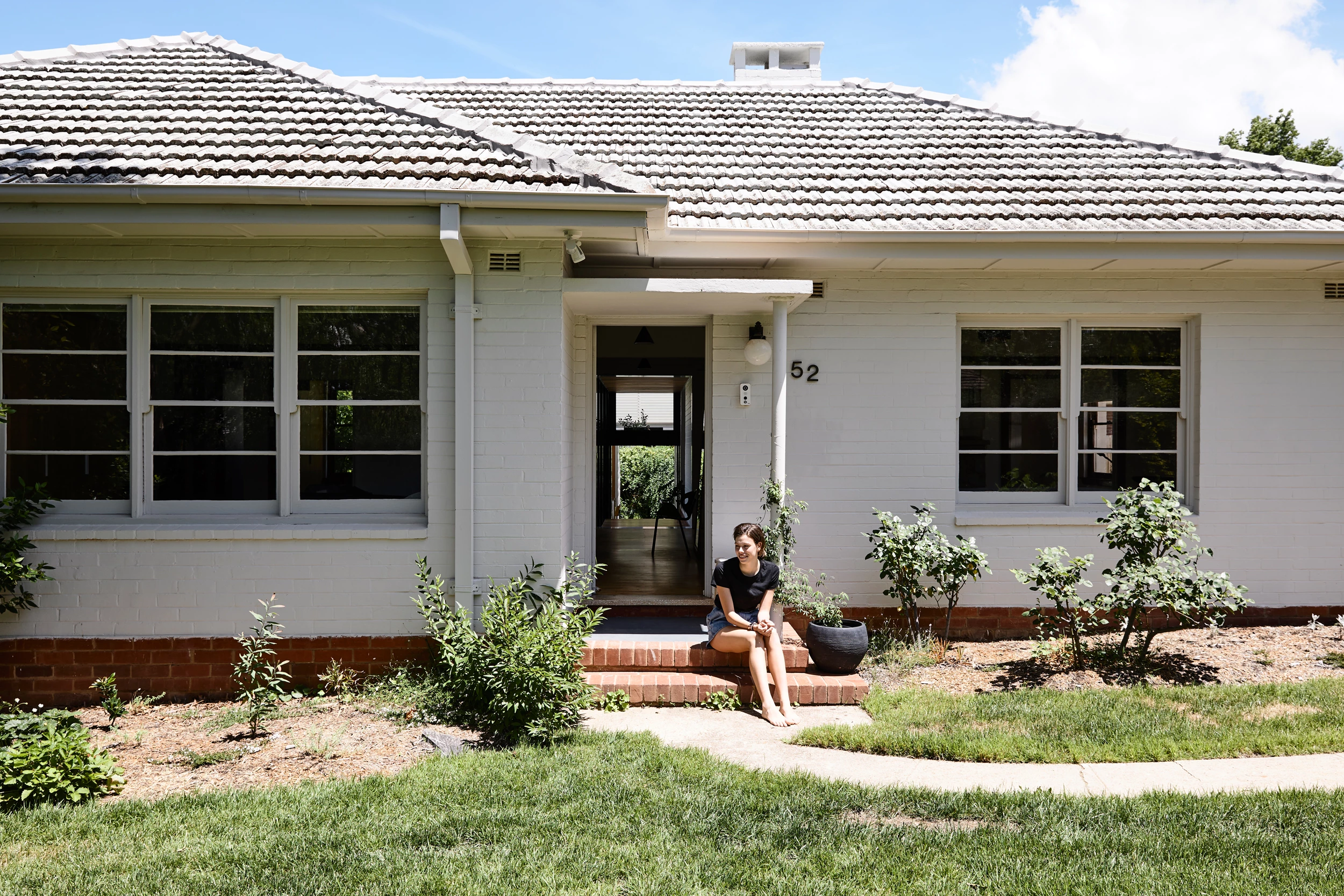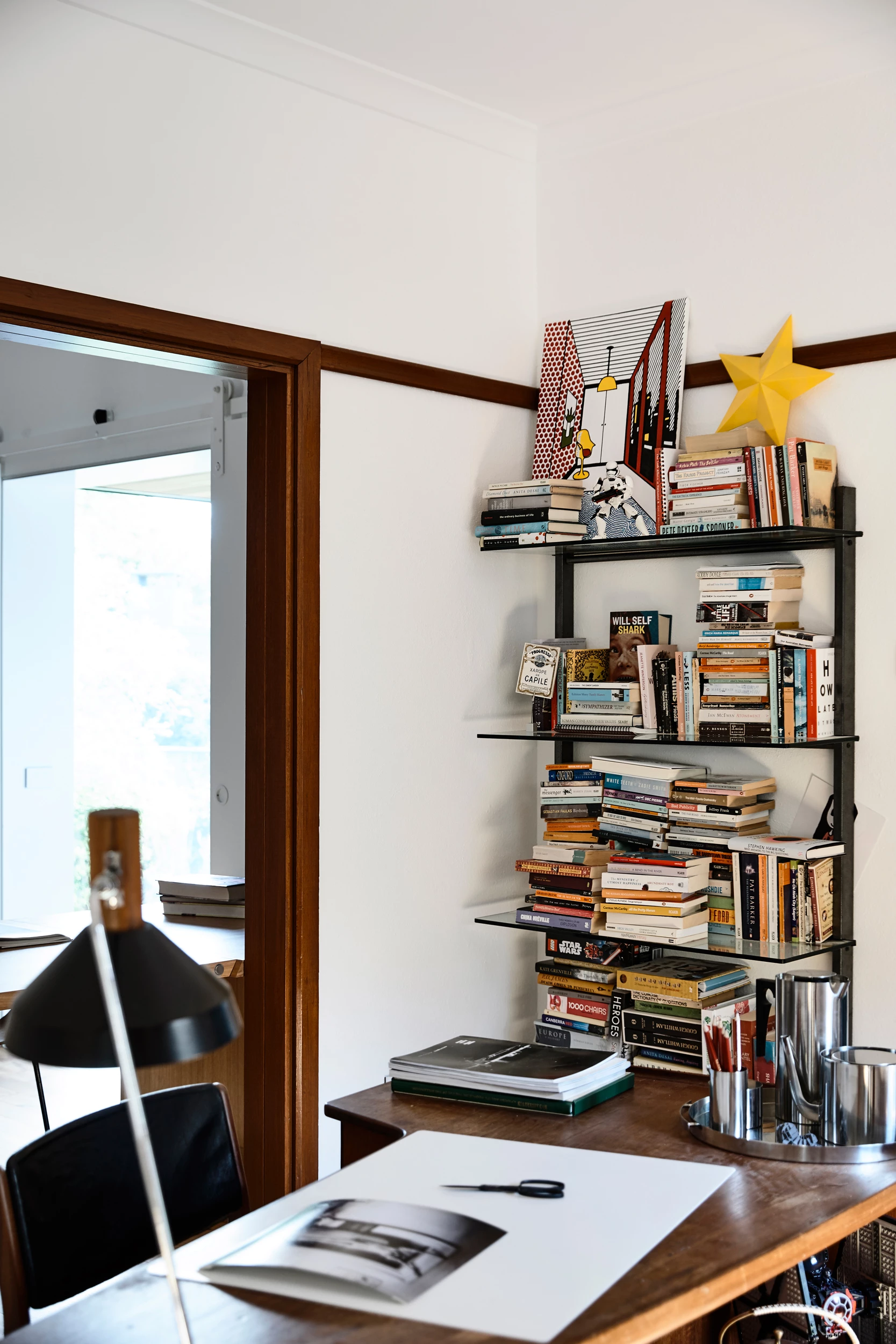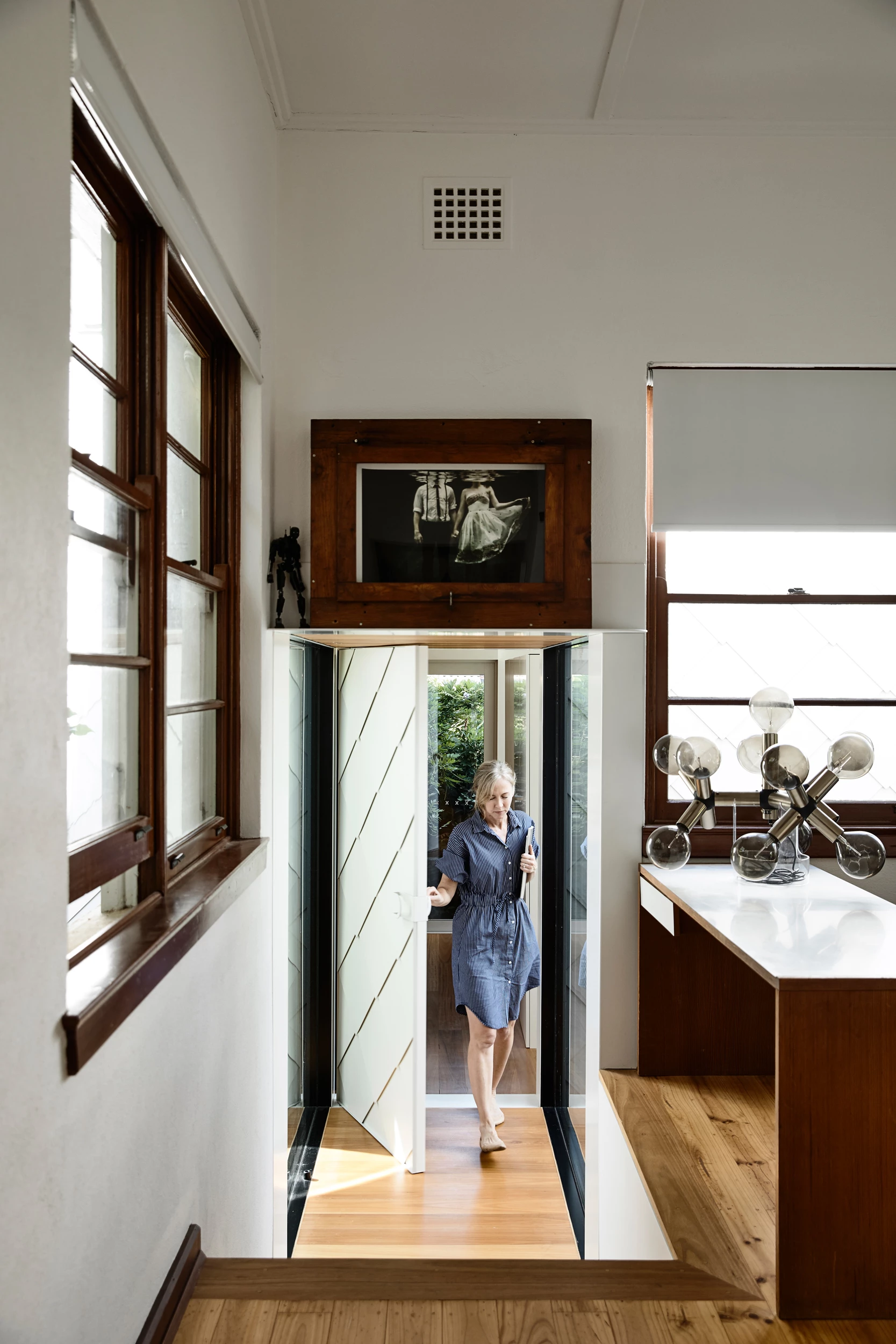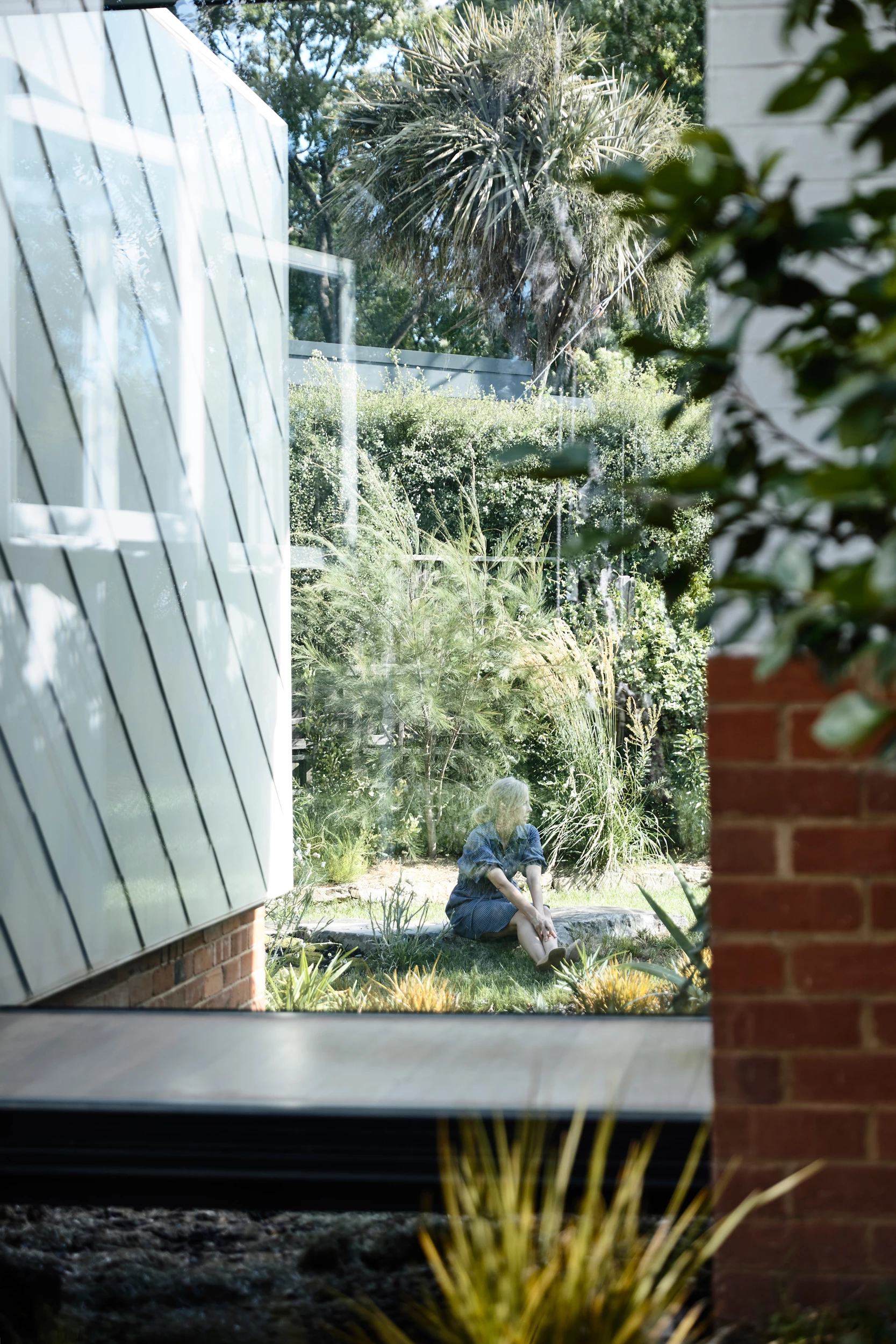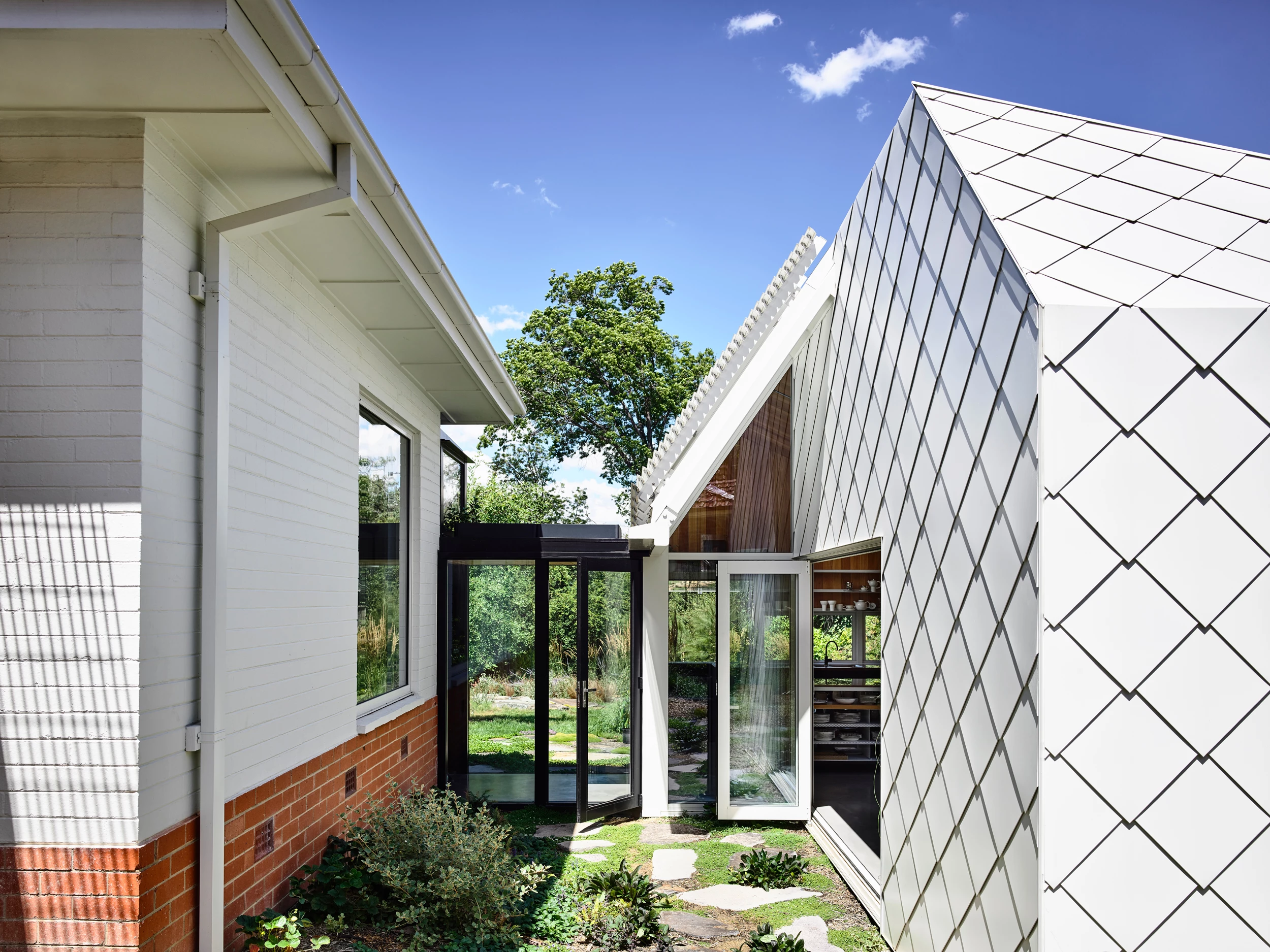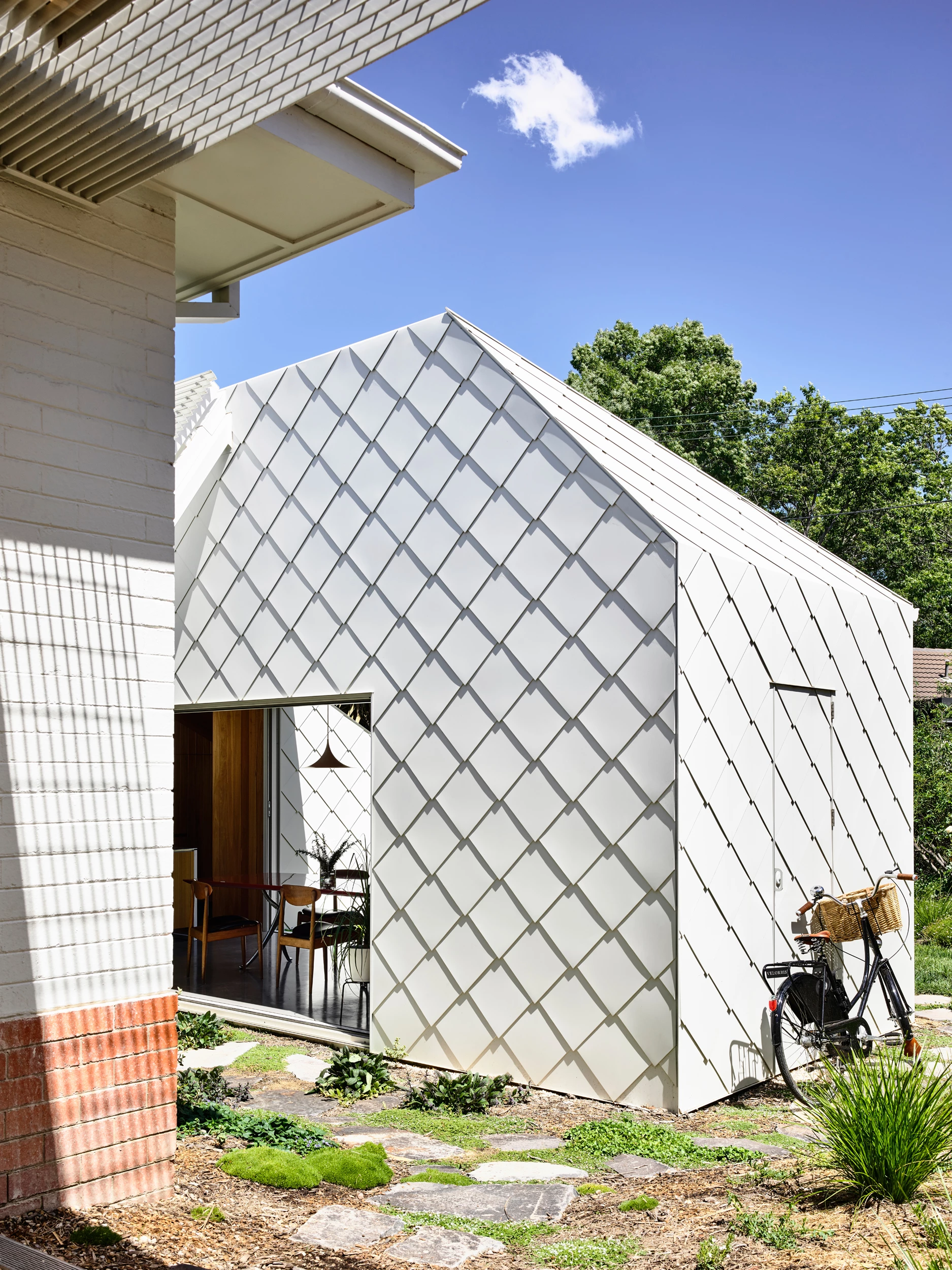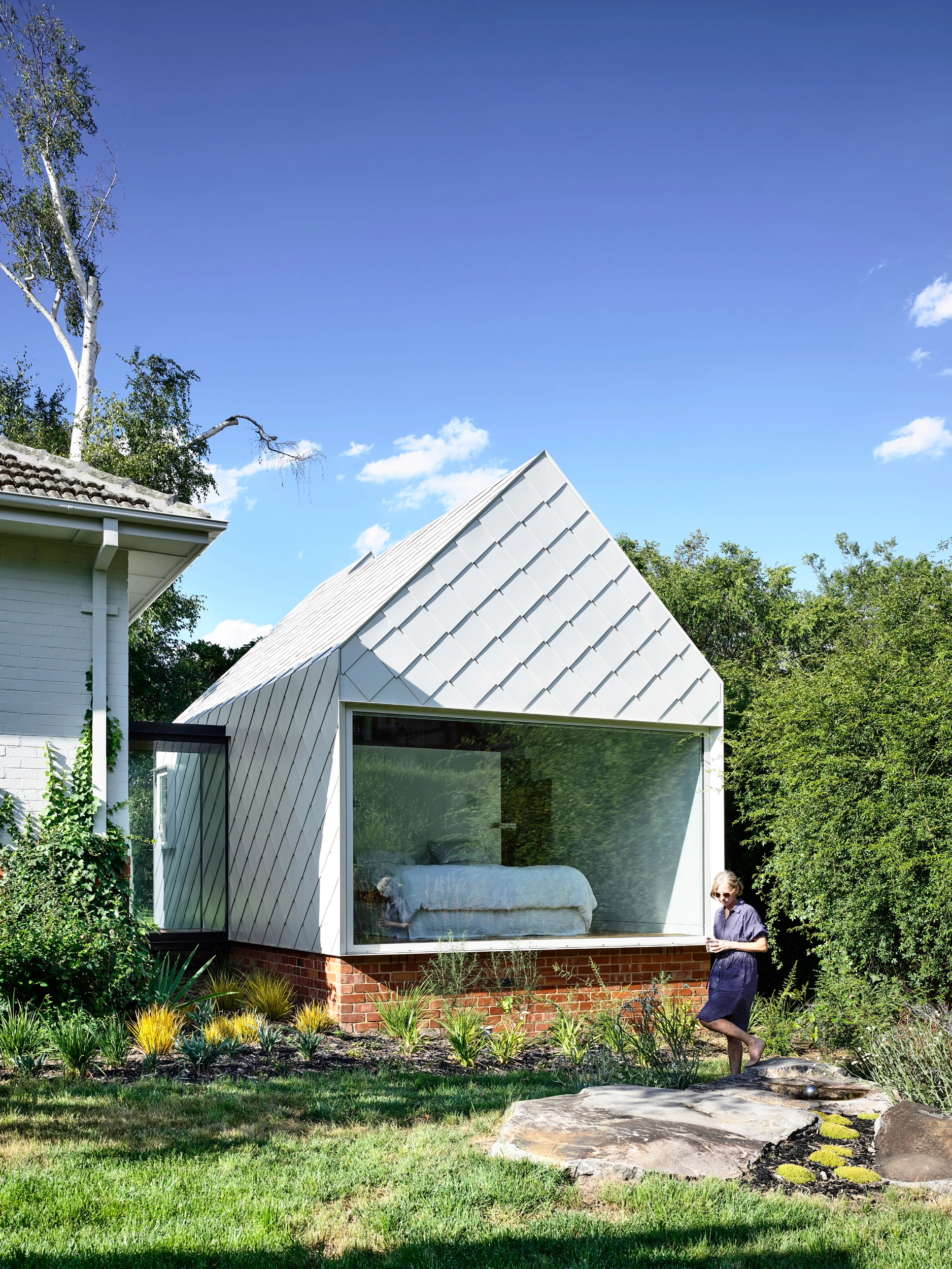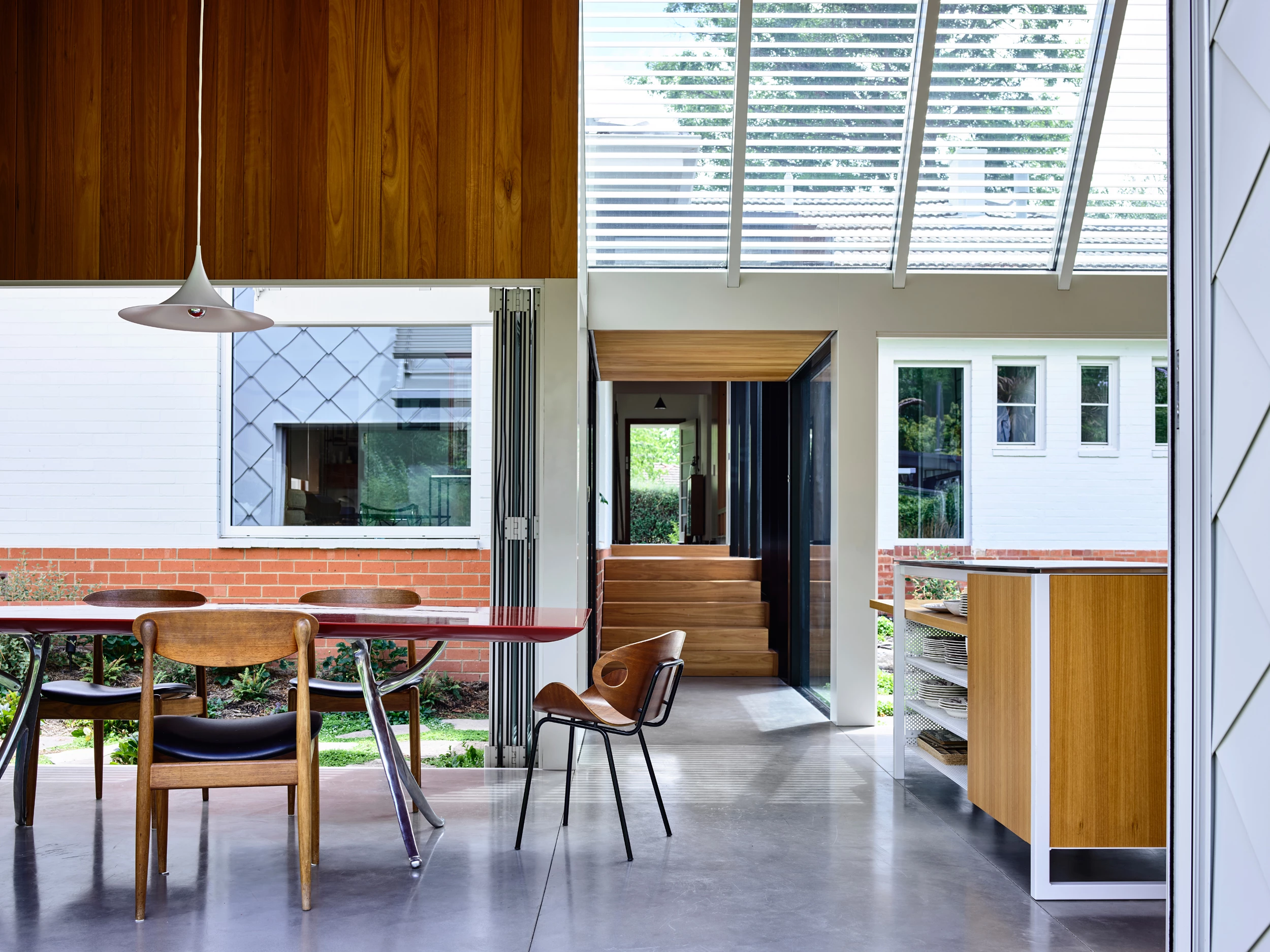Australia's Austin Maynard Architects has lots of experience giving old homes a new lease on life and its most recent project involves the renovation and extension of an aging bungalow in the country's capital. The firm increased living space and natural light, improved the home's energy-efficiency, and made it a more pleasant place to live overall.
Empire Canberra has a total floorspace of 233 sq m (2,507 sq ft) and consists of the original bungalow, plus two new extensions.
"It would have been easier, and a lot less fun, to demolish and start again," explains Austin Maynard Architects. "The aim was to retain as much of the existing character of the site as possible and avoid the common trend of knocking down or adding a dominant, unsympathetic addition. The two biggest issues were – how do we have a conversation with the original building without attacking it or infecting it? And how do we create sunny spaces when the sloping site levels and orientation of the house overshadows much of the garden? The answer was to go in with a scalpel, making some big moves, without damaging too much."

The bungalow was in decent shape overall, but its kitchen, laundry and bathroom were judged to be poorly positioned and in need of some work. So, the kitchen was relocated to an all-new extension at the rear of the house, while a separate master bedroom with en-suite was installed in another new extension to the side. Both extensions are connected to the main house by glazed corridors.
The new layout makes for a much more spacious and light-filled interior that opens up to the garden in several places. The home now includes a kitchen, two living rooms, four bedrooms, a study, and two bathrooms.

There was some time spent on upgrading Empire Canberra's energy-efficiency too. Austin Maynard Architects improved the home's insulation and its layout is designed to promote passive cooling through carefully-positioned operable windows. Additionally, solar panels were installed and a rainwater capture system is used to flush the toilet and water the garden.
Source: Austin Maynard Architects

